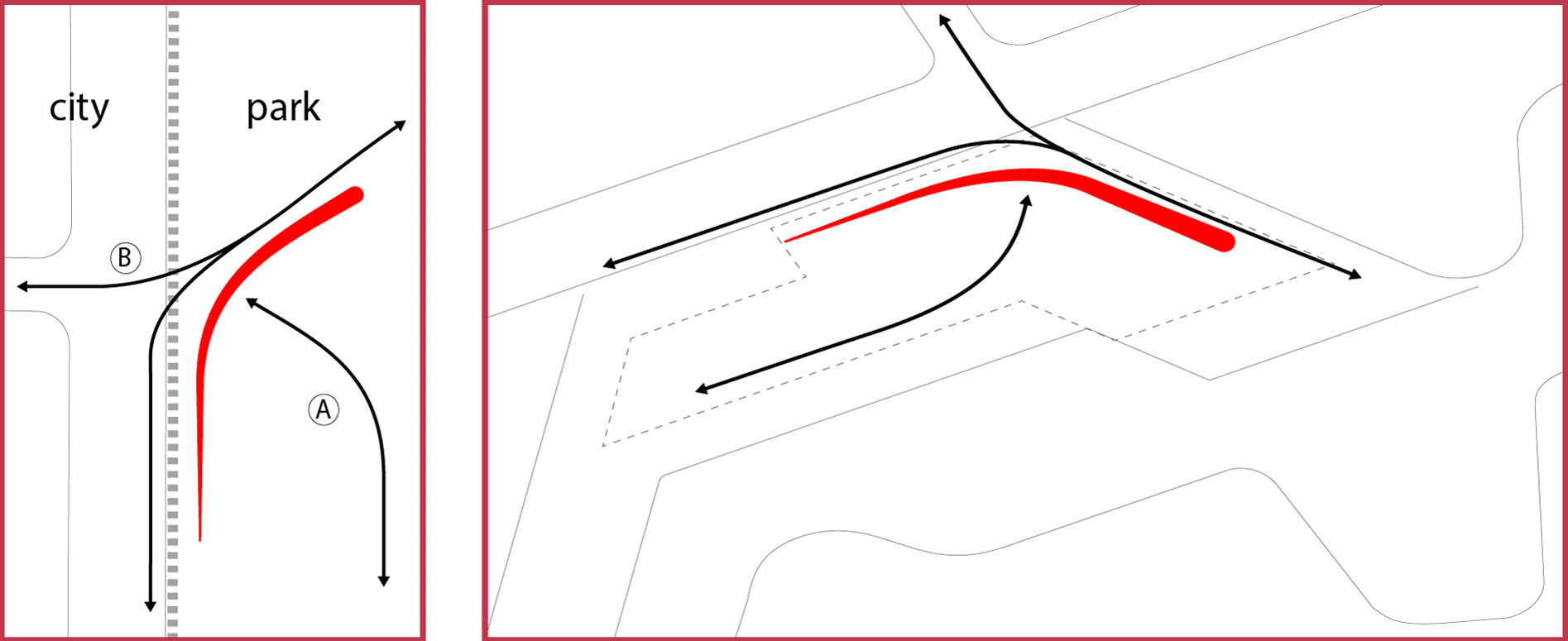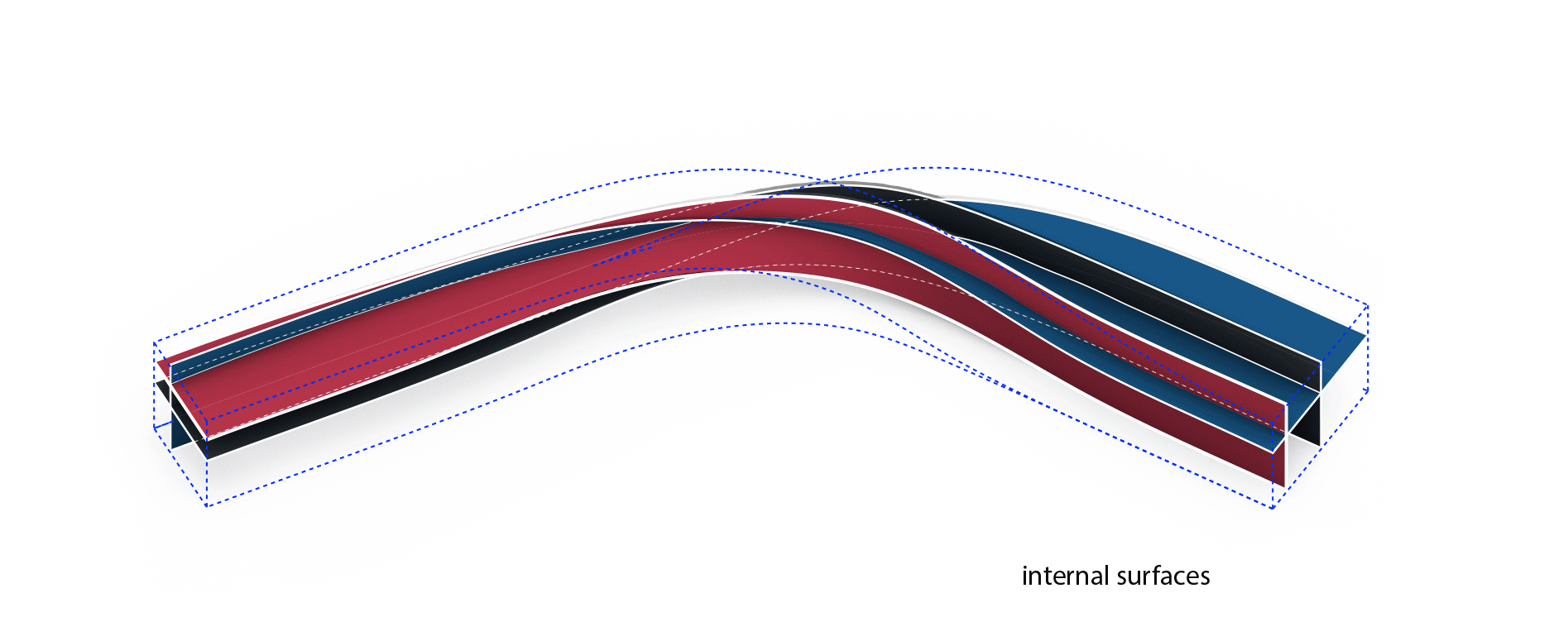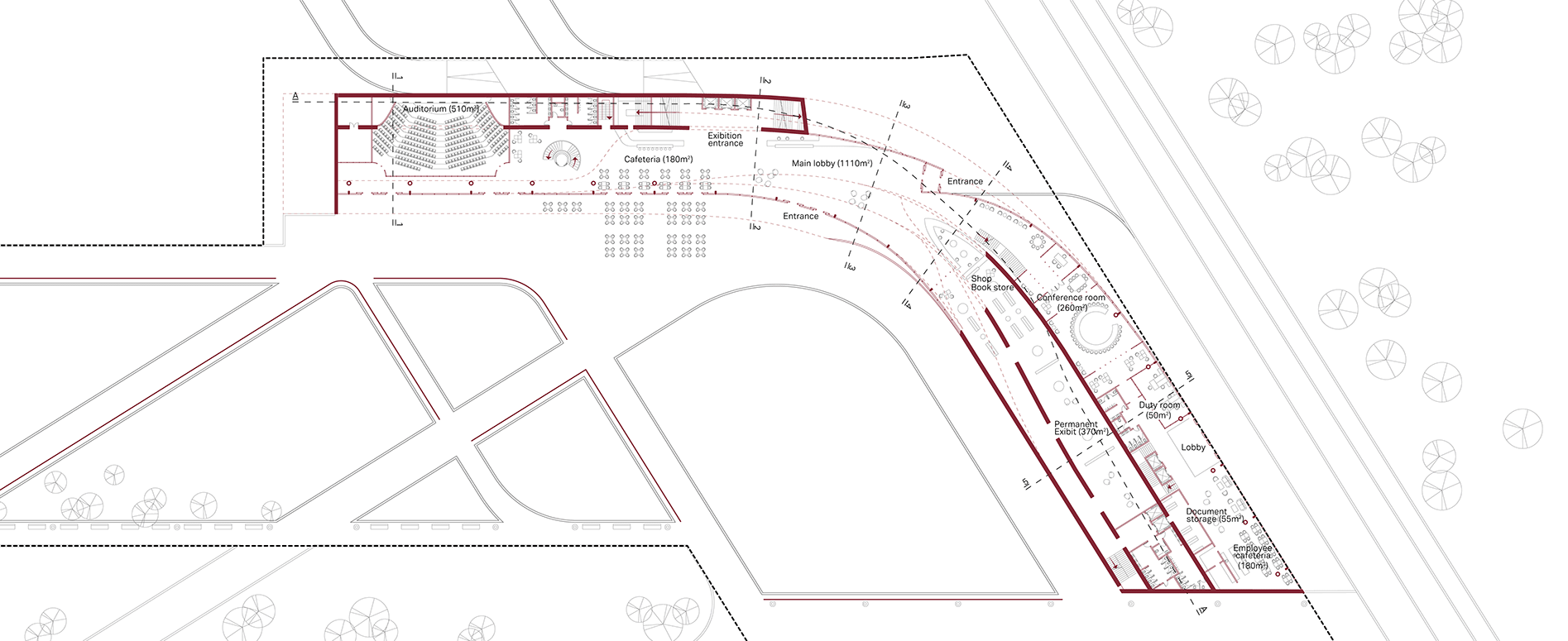 |  |  |
|---|---|---|
 |  |  |
 |  |  |
 |  |  |
 |  |  |
 |  |  |
 |
National Museum of World Writing
location: Seoul, South Korea
design team: Petar Pejić, Ivana Marjanovic, Stefan Jakovljević, Marko Korošec, ATI Project
area: 15320 sqm
project year: 2017.
This project is a joined venture of Remorker Architect and ATI Project Italy.
Stroke on the paper / stroke in the city
One has to imagine National Museum of World Writing as a new cultural institution in Songdo with the unique conceptual strength to support museum theme rather than providing generic museum answer. In case of new National Museum of World Writing we found that the question of theme is extremely delicate, since the figurative strength of writing / letter is overwhelming. Furthermore, one has to respect the historical and cultural importance of the writing, while providing contextual architectural solution. Conceptualizing the method of writing as a series of strokes on the surface, a strong conceptual relation emerges with the museum, where the building is conceived as a stroke in the city. Utilizing the “stroke”as a driving force of the design is a way of extracting the universal essence of writing throughout the history, without referring to specificity.
The design fuses two opposing characters on the site (nature and park on one side, and dense skyscrapers urbanization on the other) by placing the building as a linear element on the border itself between the two. The new National Museum of World Writing is seen as a medium between the two, where the horizontality and the shape of the building is embracing the park, while the linearity is seen as a direct relation to the vertical linearity of the skyscrapers in the surrounding.
Stroke in the city is as meaningful and careful as it is when it comes to writing. It takes contextual values from the surrounding and position itself as a medium between two opposite conditions. However, unlike the stroke on the paper which is by default two dimensional, new National Museum of World Writing is conceived as a three dimensional abstraction positioned in time and space. Resulting outcome is a surface bending in three dimensions, suggesting its orientation on the site, while providing bend along the stroke. The reading of this surface should be seen as a nonlinear understanding of writing throughout the history of mankind, where each culture was developing a unique way of reading and writing. This understanding of duality and non linear nature of writing is directly translated to the design of the museum, where there is a constant shift between the orientation of surfaces inside the museum. While moving through the exhibitions user is faced with this feeling, where surfaces of the floor are translated into the surfaces of the wall and vice versa.
